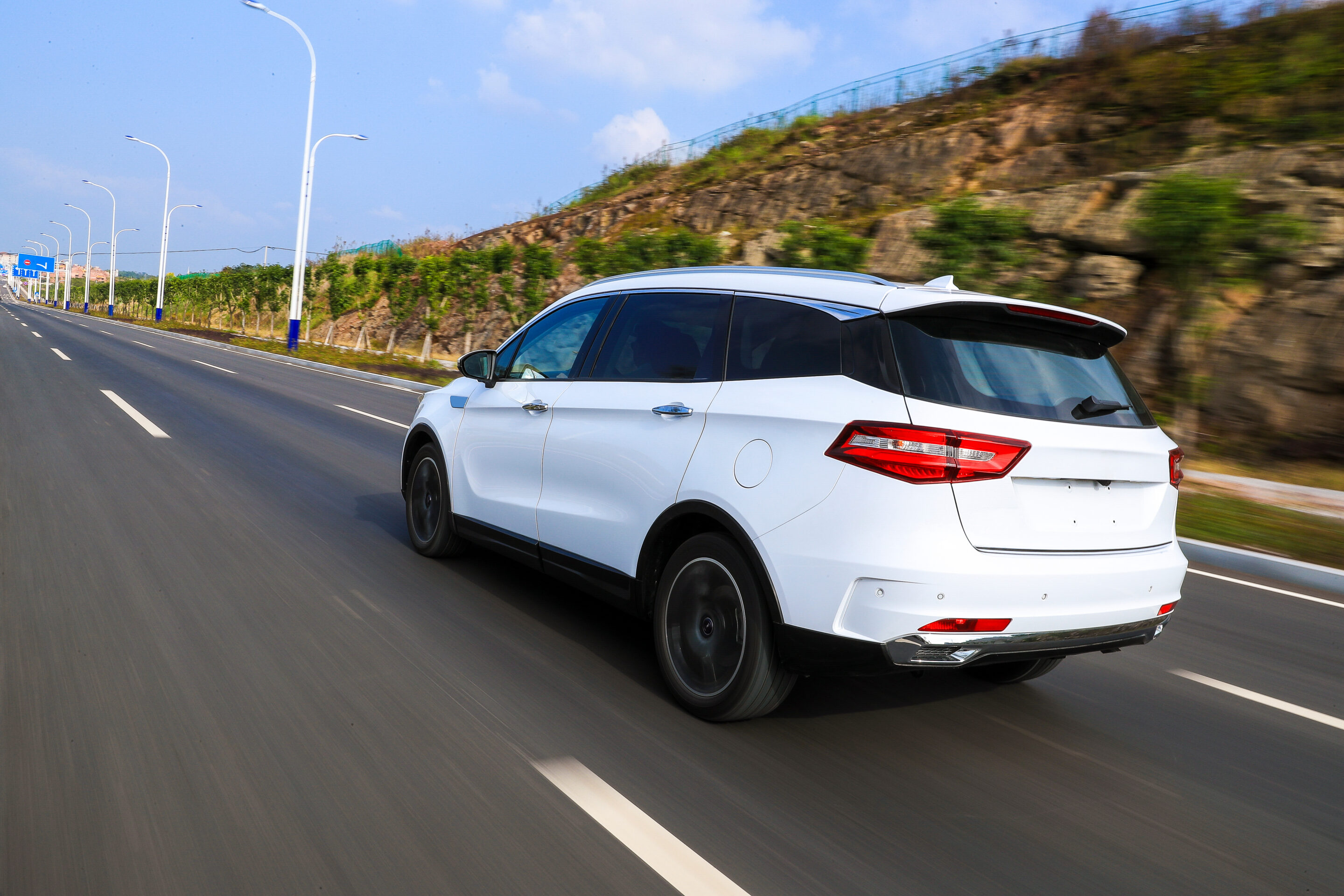On June 17, Fisker filed for Chapter 11 bankruptcy protection, less than two weeks after the troubled electric vehicle maker recalled the nearly 7,000 Ocean SUVs from the 2023 model year due to an issue regarding the Motor Control Unit (MCU).
“Like other companies in the electric vehicle industry, we have faced various market and macroeconomic headwinds that have impacted our ability to operate efficiently,” the company wrote in a prepared statement on. “After evaluating all options for our business, we determined that proceeding with a sale of our assets under Chapter 11 is the most viable path forward for the company.”
According to the automaker’s statement, a previously announced manufacturing pause will remain in effect for an unknown amount of time. The company is hoping to continue reduced operations, including “paying employee wages and benefits, preserving certain customer programs, and compensating needed vendors on a go-forward basis,” while it sells off assets and works to restructure its debt.
Fisker Money Woes
Fisker launched in 2016 by automotive designer Henrik Fisker, cut 15 percent of its workforce while offering a bleak outlook on the company’s future earlier this year. The initial layoffs were followed by aforementioned pause in production and huge slashes to the pricing of the Ocean SUV, the only Fisker model in production and on sale.
At the time of the pause, the company disclosed it had received a financing commitment of up to $150 million from an existing investor. Besides the $150 million infusion, Fisker confirmed it is continuing to be in negotiations with a large automaker for a potential transaction which could include an investment for a joint development of one or more electric vehicle platforms, and North America manufacturing.
The automaker was not named but a previous report said Nissan was in advanced talks to invest in the company in a deal that could act as a financial lifeline for the cash-strapped EV startup. But a deal would never come to pass.
Ocean Recall
Fisker’s recall of all 2023 Ocean SUVs was reported to the National Highway Traffic Safety Administration (NHTSA) on June 5. The recall stems from a software issue in the MCU and the Vehicle Control Unit (VCU), which may cause the Ocean to unexpectedly enter a fail-safe mode, resulting in a loss of drive power.
Documents associated with the recall show that 100 percent of the recall population is estimated to have defective MCU and VCU software. The car may automatically shift from Drive to Neutral to Park when coming to a stop and must be power-cycled to resolve the issue.
Fisker’s bankruptcy is another sign of the broader headwinds and speed bumps facing the burgeoning EV industry. Worldwide sales of plug-in vehicles could rise 21% this year, according to recent forecasts by the International Energy Agency. While significant, that’s a smaller rise than the 35% increase in 2023.
According to EV automaker’s Chapter 11 announcement, Fisker and other United States subsidiaries, as well as subsidiaries outside the U.S., are not currently included in the bankruptcy filing.
Related Stories:









